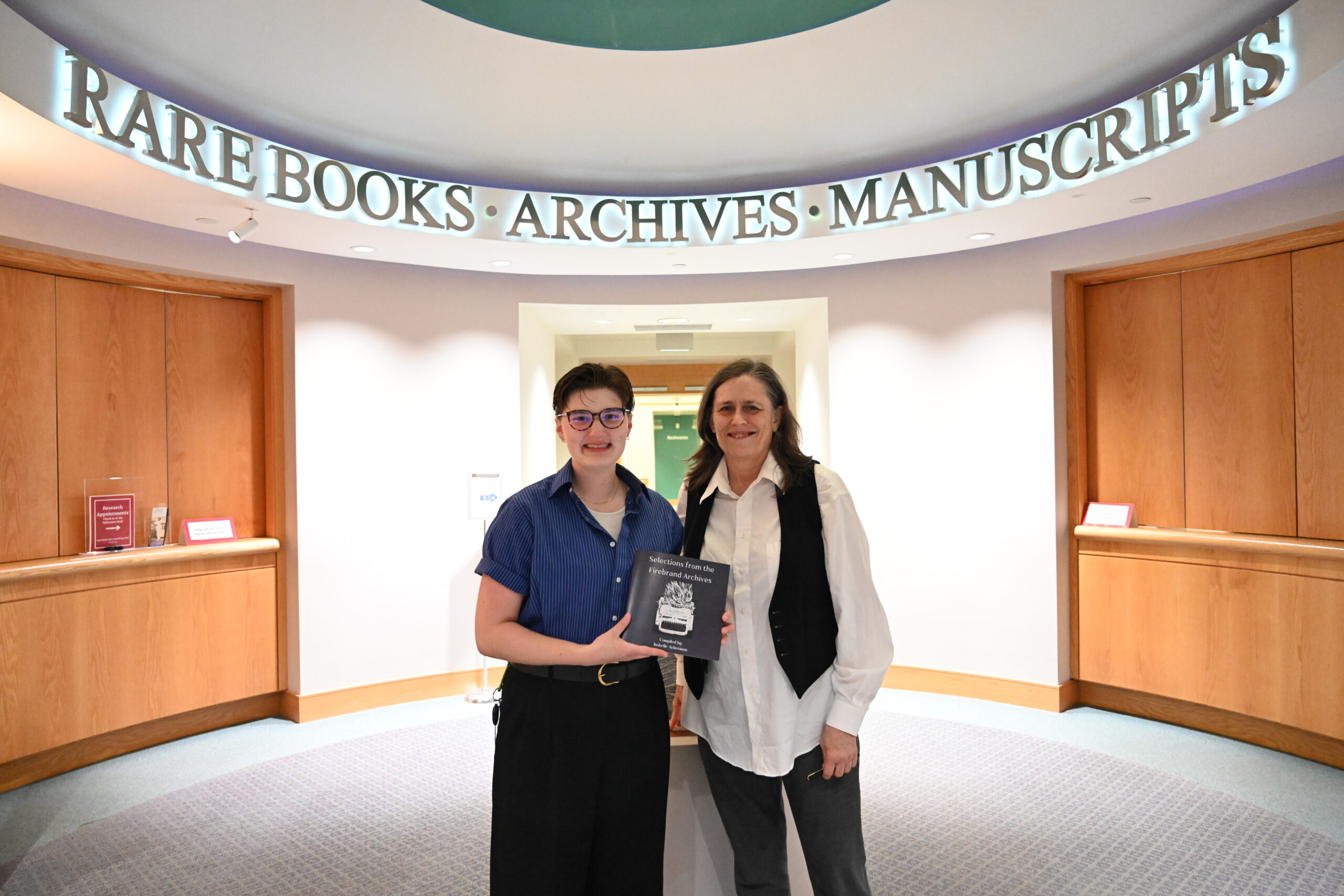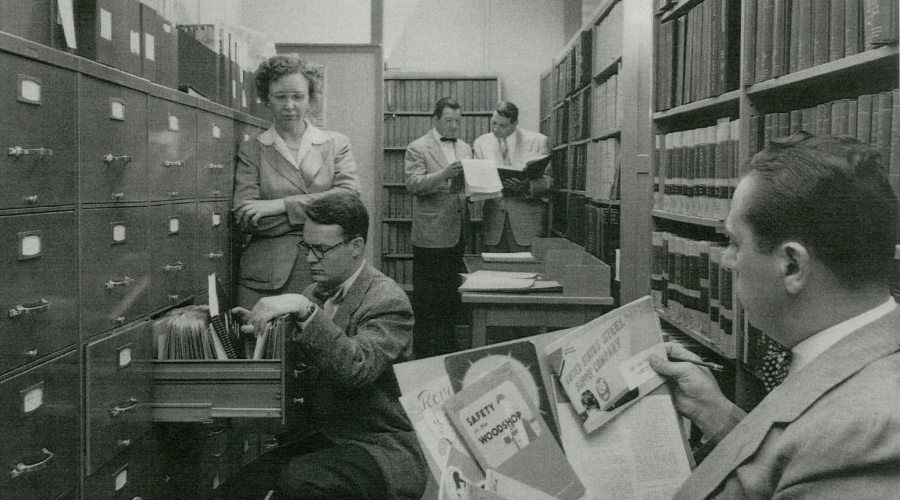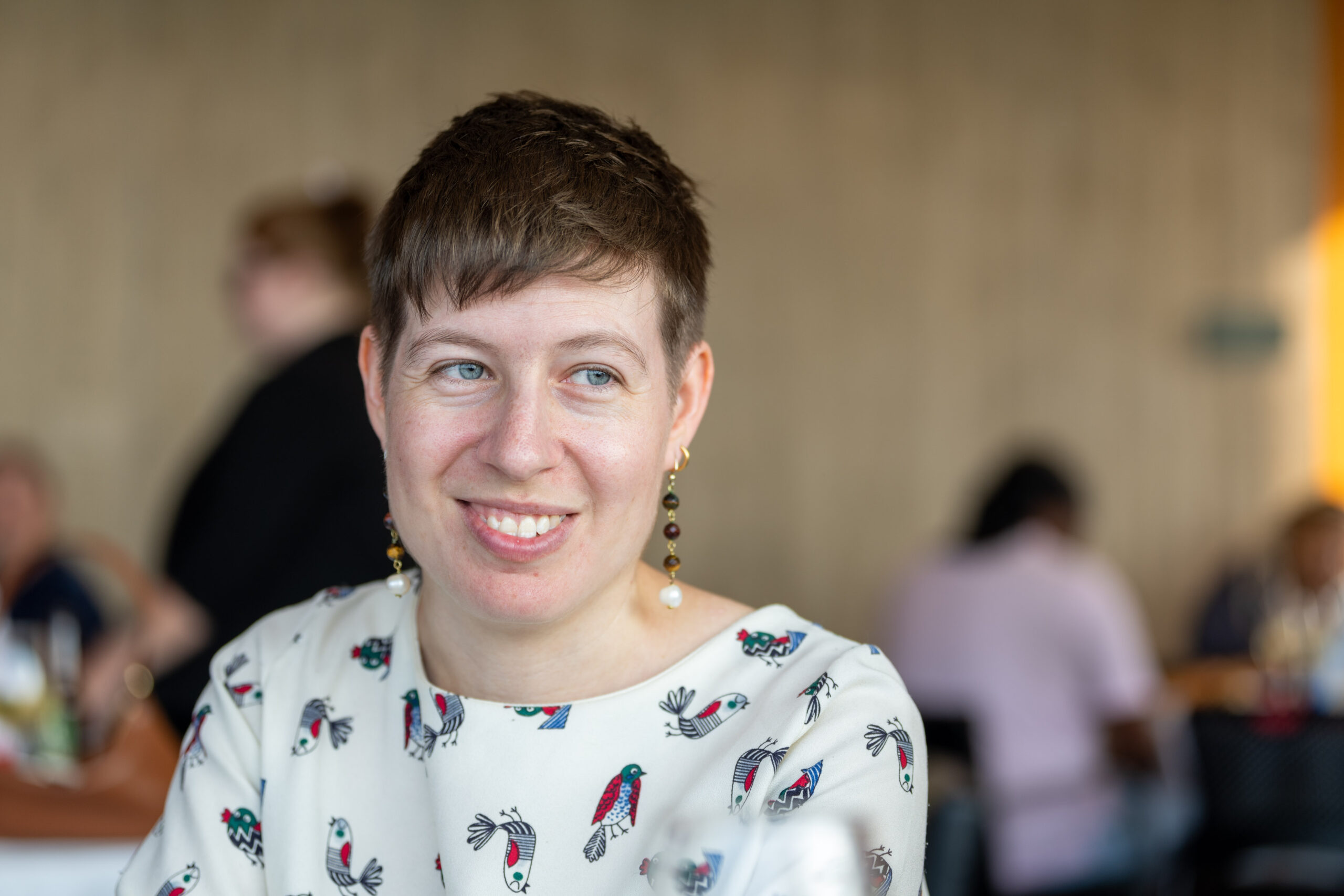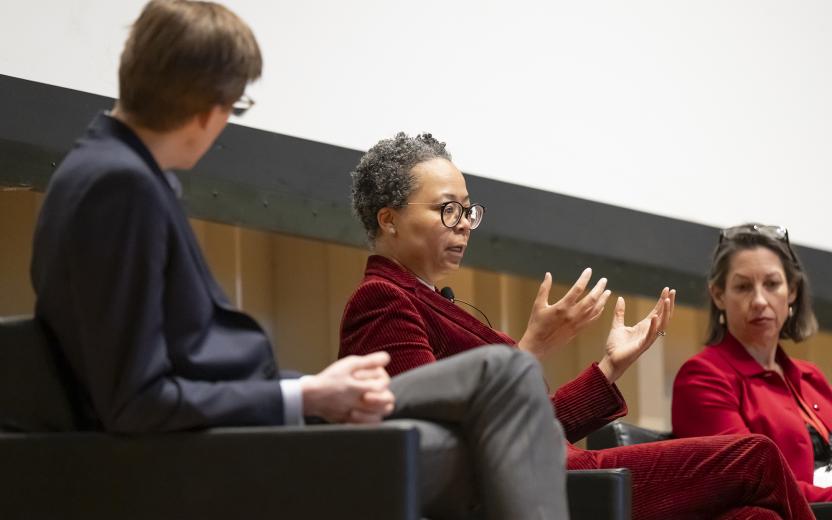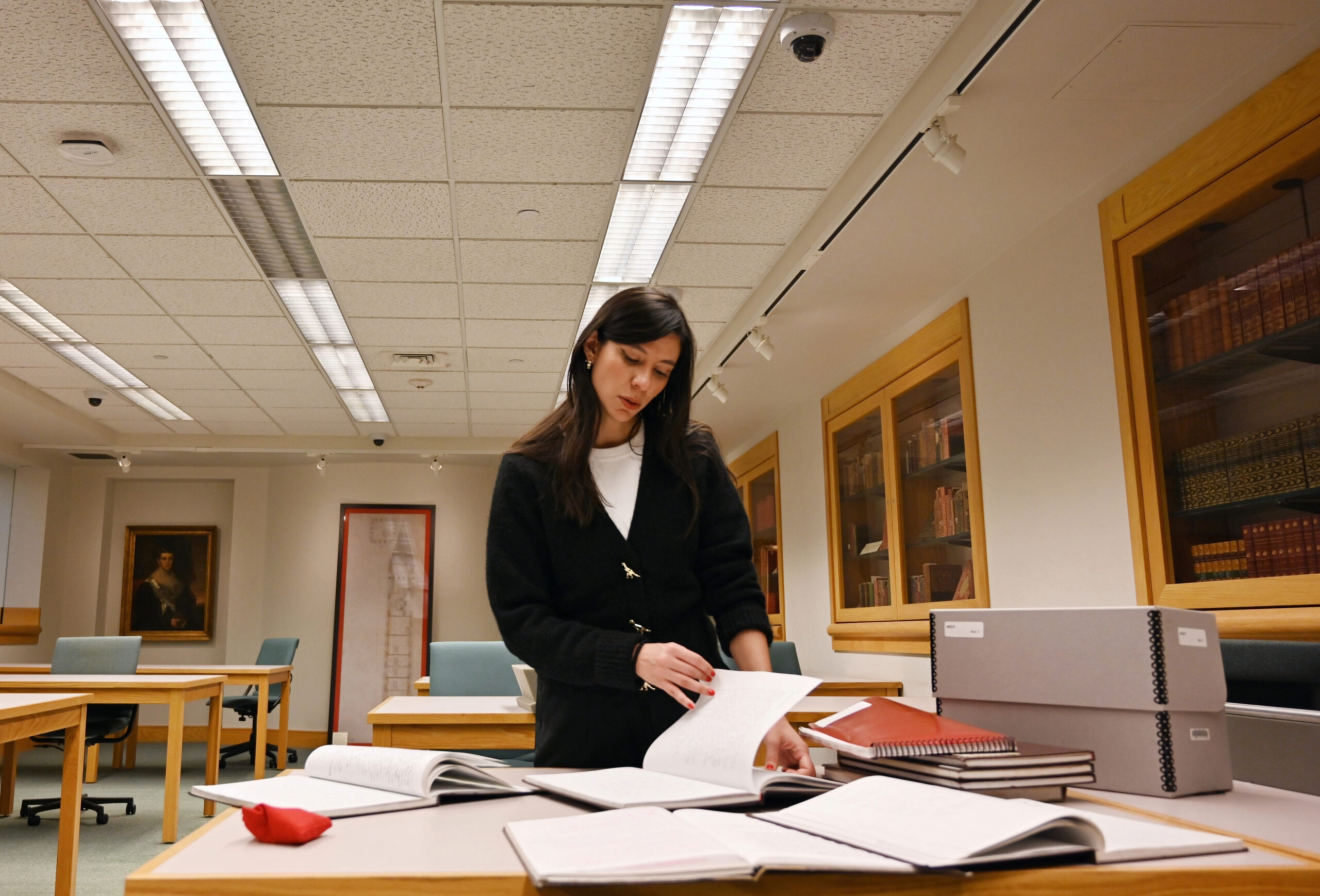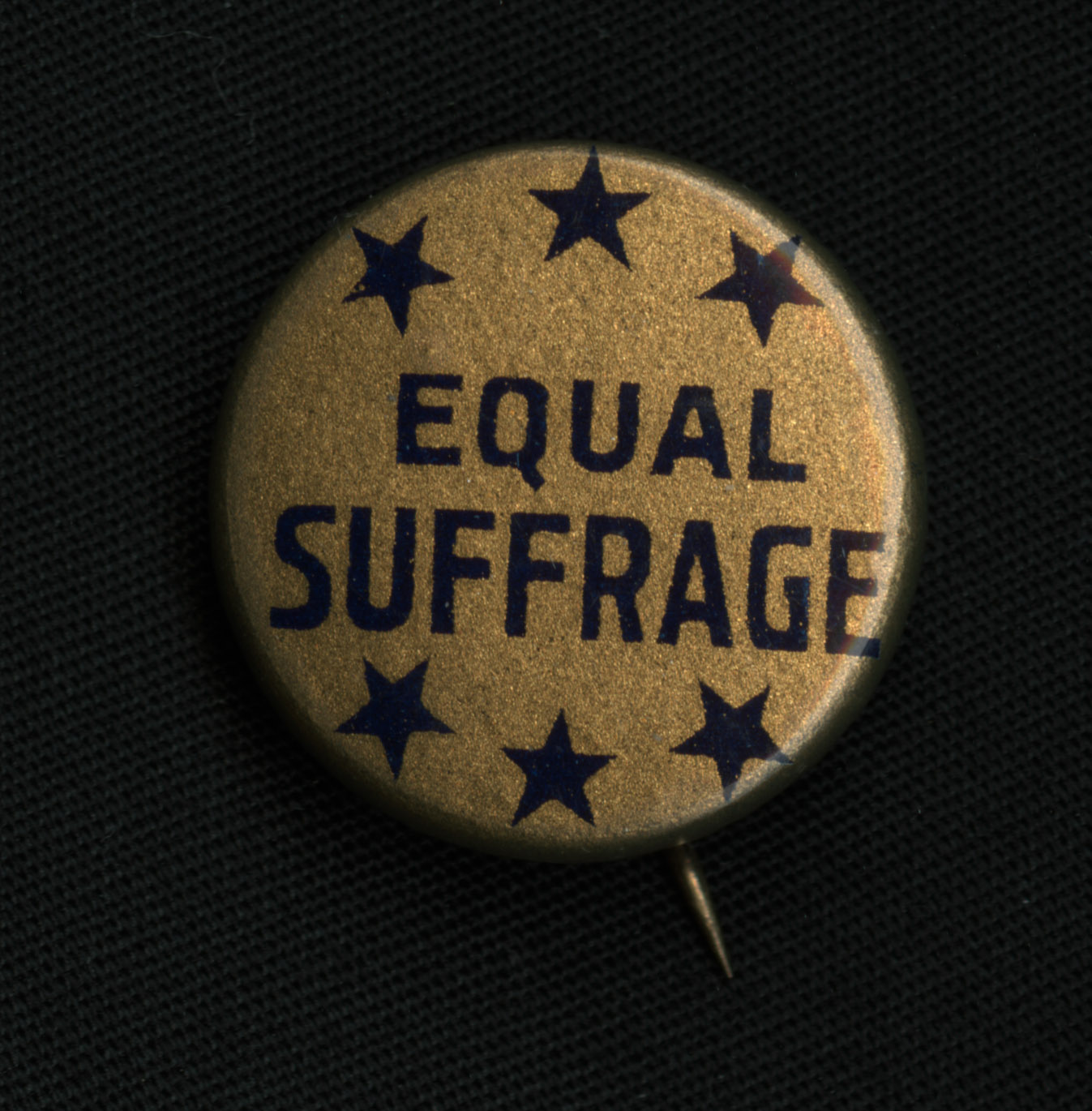
As voters make their voices heard on Election Day, a new online exhibit looks back at a time when casting a ballot in itself was a triumphant feat for women.
“One hundred years ago, women in New York state voted for the first time in state and national elections, a hard-earned victory,” said former University Archivist Elaine Engst MA ’72, who curated Woman Suffrage at Cornell with Eileen Keating, the university records manager and College of Human Ecology archivist.
Featuring digitized photographs, programs, letters and artifacts from the Jon A. and Virginia Lindseth Woman Suffrage Collection and other holdings of the Division of Rare and Manuscript Collections of Cornell University Library, the online exhibit highlights the suffrage movement’s many Cornell connections.
“I was delighted to find letters from early suffragists Elizabeth Cady Stanton and Matilda Joslyn Gage to Ezra Cornell, affirming their enthusiasm for the university’s support of coeducation as an essential part women’s education,” Engst said. “I was also able to compile a list of ‘Suffrage Mothers’ – local, state and national suffrage leaders whose children came to Cornell.”
Alumnae feature prominently, including Ethel Stebbins, Class of 1895, who served as grand marshal of the famous 1915 suffrage parade in New York City; Edith Anna Ellis, Class of 1890, the first woman to run for office in Tompkins County; and Harriet May Mills, Class of 1879, one of the first women to run for statewide office in 1920.
The exhibit also highlights the link between educational access and voting equality, as espoused by Cornell’s first full-time women faculty members Martha Van Rensselaer and Flora Rose, co-directors of what was then the College of Home Economics, precursor to the College of Human Ecology. “Home economics was seen as a way to improve the lives of women, and the same can be said for the suffrage movement,” Keating said.
She added: “These early women faculty understood that their mission was not only to teach the women students on campus, but to do outreach. After New York state granted women the right to vote, Cornell offered courses in history and political science.”
Woman Suffrage at Cornell also exposes political rifts on campus, especially during the university’s first century, with its predominantly male student body. For example, an opinion poll on women’s suffrage for the Class of 1880 (with 71 men and 9 women) recorded 46 opposers, and only 6 of the female students voted in favor.
“The many suffrage broadsides included in the exhibition also show the range of arguments by suffrage activists and anti-suffrage advocates,” Engst said.
The struggle for women’s right to vote galvanized Cornell students, as the section titled “Student Voices” shows.
“Friday night, Belle, Catharine and I went to the Suffrage Debate,” wrote Katherine Lyon, Class of 1916. “It was very interesting and I enjoyed it immensely… If it was only this summer that the suffragists were going thru Hudson I’d go part way with them. Father dear are you in favor of Suffrage. If not – I’ll take great pleasure in argufying you when I get home.”
For Engst and Keating, Woman Suffrage at Cornell is an important and timely reminder.
“The online exhibit is particularly important now, because we hear so much about how cynical some people have become about political action and voting,” Engst said. “For our predecessors, voting was seen as a right, a privilege and a responsibility. We should honor their efforts by going to the polls on November 6.”
Woman Suffrage at Cornell is an expanded version of a 2017 exhibit. It is supported by the Stephen ’58, MBA ’59, and Evalyn Edwards ’60 Milman Exhibition Fund.
This story also appeared in the Cornell Chronicle.

